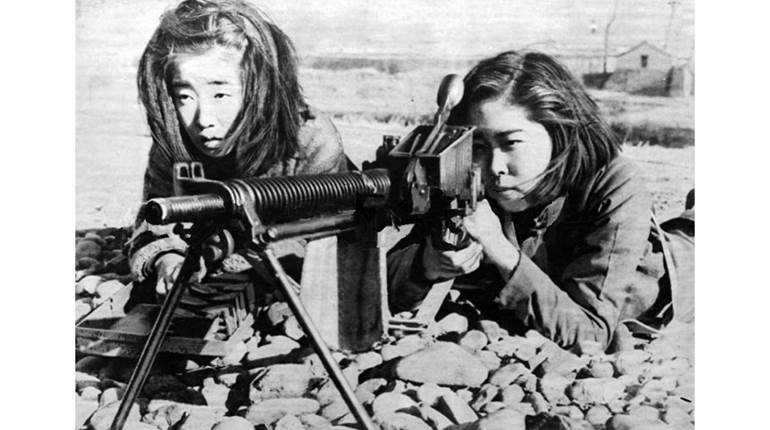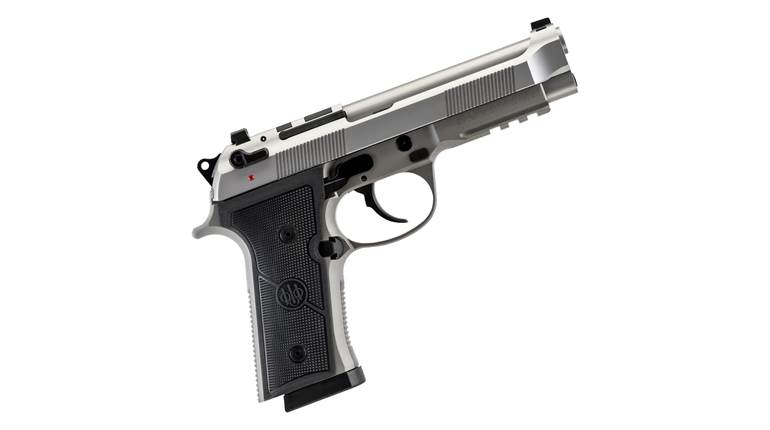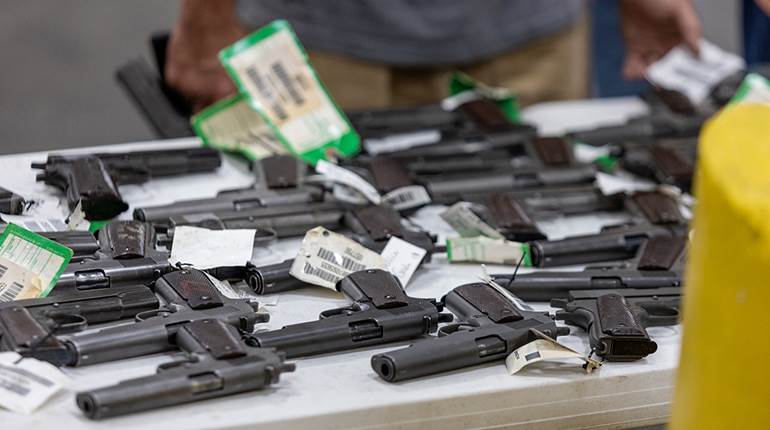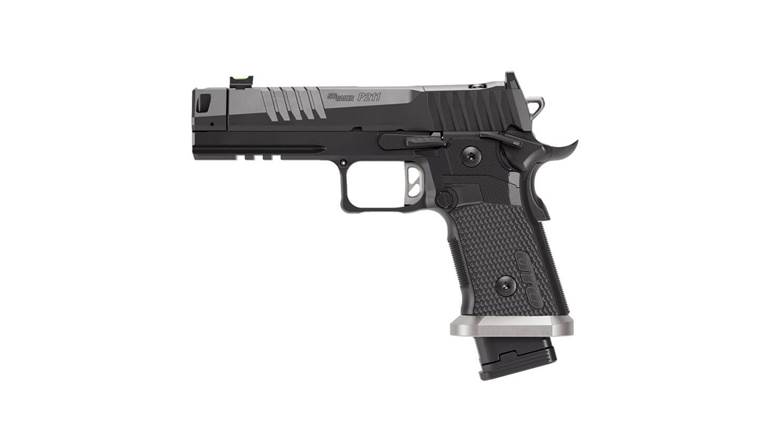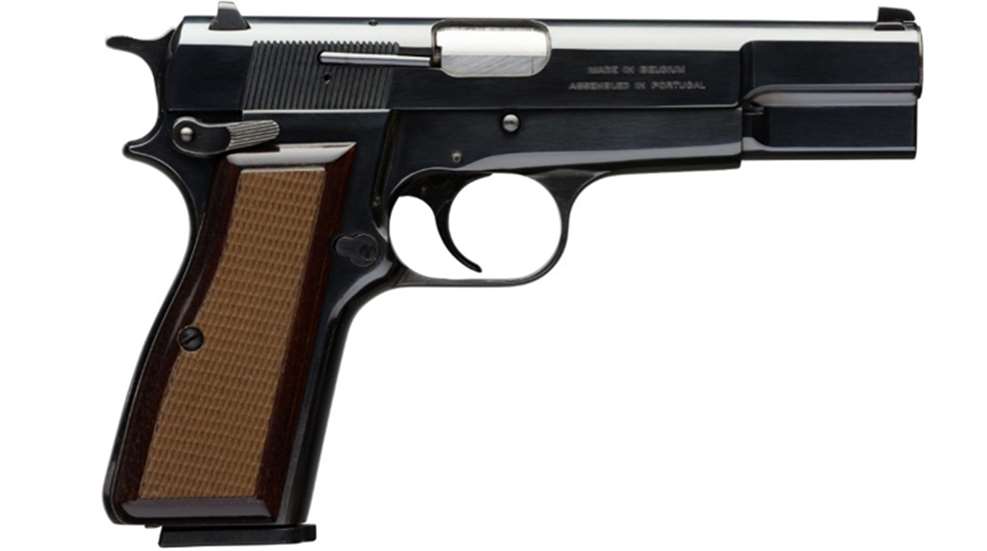
At the age of 59 in 1914, John Moses Browning was anything but slowing down. The firearm genius had already designed single-shot rifles, pump-action rifles and shotguns, lever-action rifles and shotguns, semi-automatic pistols and machine guns. Many of his inventions had been sold outright to Colt or Winchester, but before the turn of the century management at those companies rejected Browning’s demand for a royalty on his designs instead of a flat fee.
Browning had been doing business with Fabrique Nationale (FN) ever since its agent Hart O. Berg met him during a trip to the U.S. in 1897 to discover improvements in bicycle manufacturing technology. Browning had just been granted a patent for a blowback-operated .32-cal. center-fire pistol. After receiving a lukewarm reception at Colt, Browning allowed Berg to take the gun to FN. It performed flawlessly, and the Belgian maker was enthusiastic about producing the gun. And FN was willing to make a deal with the intro on royalties. From that point forward, FN eagerly sought to manufacture almost any Browning-designed firearm.
So when France made it known in the early 1920s that it was seeking a new military pistol, FN turned to Browning. The French had five demands for the new pistol. It had to be compact, it had to have a magazine capacity of at least 10 rounds of ammunition from a man-stopping cartridge (later deemed to be the 9 mm Luger), it needed to be stout enough to handle the rigors of battle, yet simple enough for the average soldier to disassemble and reassemble, and finally it needed a device to prevent the pistol from being fired unless a magazine was in place, along with a positive manual safety. Since Colt held the rights to the Government Model pistol, it would be necessary to work around some of those patents and invent a few new ones. Browning went to work.
Initially, Browning built two striker-fired prototypes in his Ogden, Utah, shop—while simultaneously designing the Superposed shotgun—one was a blowback, the other a short-recoil, locked-breech design. John Browning's son Val presented his father's final designs to FN. Both of these prototypes featured a double-column magazine designed by Dieudonné Saive, an FN designer who would achieve greatness on his own. The blowback prototype was found lacking in the robustness needed for a military pistol; consequently, the locked-breech prototype was given the nod for further development. Browning applied for a patent for his new pistol on June 28, 1923, but the patent was not granted until Feb. 22, 1927, some four months after Browning's sudden death in Liege, Belgium. After Browning sent his prototypes to FN, Saive was the man on the spot in the development of the pistol, and it was Saive who made first round of changes the French wanted.
In order to get around his own patents, Browning had redesigned the locking system so that an integral cam located on the bottom of the barrel allowed the barrel to disengage from the battery unlocking the barrel and slide lugs and permitting the slide to cycle. This replaced the link found on the Government Model design. These first pistols had magazine capacities of 15 rounds. Despite all the work, FN’s pistol did not win the Versailles Trial.
One of the first changes Saive made to the pistol was replacing the striker-fired mechanism with a single-action, external hammer and a manual, thumb-operated safety. Three years later, Saive added the curved backstrap and lowered the magazine capacity to 13 rounds in order to make the pistol a little lighter and easier to handle.
Work continued on the design, resulting in Belgium adopting the pistol with production starting in 1935. Interestingly, France, which first called for a new design, never did adopt the Grand Puissance or High Power for its military. However, the Belgian Model of 1935 saw almost immediate action during World War II. Belgium was overrun by Nazi Germany in 1940, the Germans became fond of of the High Power as well after taking over FN. The Germans forced the factory back into production, called it the "Pistole 640(b)" and issued the pistol.
Drawings of the pistol, along with Saive, were smuggled out of Belgium and sent to England when FN was seized. Eventually Saive and the drawings ended up in Canada at the John Inglis and Co. of Toronto, which produced the pistol for the Allies. Inglis produced both a fixed-sight and an adjustable-sight version of the gun, as well as one with a detachable shoulder stock for the Chinese.
After the war, commercial versions of the High Power continued to be produced, mostly by FN, but several knockoffs have also been manufactured, most notably by FEG. A licensed manufacturer, Fabricaciones Militares (FM) of Argentina, also produced guns. The pistol gained a lot of popularity serving dozens and dozens of countries from Argentina to Zimbabwe as a military sidearm, as well as with police agencies.
The pistol was brought to the U.S. market in 1954, via the Browning Arms Co., (now a subsidiary of Herstal Group, which also owns FN). It has been a steady, if not spectacular seller through today. Inevitably, it is compared to the M1911 since Browning designed both of them. In a nutshell, aficionados of the Hi-Power (the name of the commercial guns sold by Browning in the United Sates) cite the 13-round capacity of the magazine and boast that it proves Browning’s realization of design flaws in the M1911. Stalwart 1911 promoters take particular delight in admonishing their counterparts that the Hi-Power’s single-action trigger is dreadful, compared to their star pupil—a consequence of the ridiculous insistence on a magazine disconnect device spuriously referred to as a safety. They sniff at the magazine capacity issue purporting that since the M1911 uses a more powerful .45 ACP cartridge, it doesn’t need a lot of extra ammunition. Fact is, the two most ornery of issues with each pistol—the trigger pull of the High Power and the grip safety on the 1911—can be dealt with by a good pistolsmith.
Both pistols have a long and exemplary record of service throughout the world. To attempt to determine which is the better pistol is akin to determining which is the better of two sons. Each addresses problems and threats in its own way, and both have done so admirably.
Additional Reading:
5 Little Known Facts About the FN Browning High Power
Wartime Browning Hi-Power












